Within my workshops I try to emphasize that photos are one of the reason an artists painting is so bad. Photos darken the darks and lighten the lights, killing any interesting value scheme. In addition, photos over-saturate and under-saturate colour and do not properly show colour temperature. Using photos for reference is great, but don’t use photos to paint from.
So what does this have to do with thumbnail sketching? Planning.
Starting artists think that just painting a photo onto a canvas makes it good. The reality of it is, it doesn’t. Relying on photos makes it worse.
As the creator of the painting, putting in so much effort and money into a piece, you should have the end result you envision. This can partly be achieved simply by creating various thumbnail sketches of different compositions, value studies, object placement, etc. to establish the main design. You know, the element that defines your painting. Spend the time on quick sketches at the beginning, not after you put $100 worth of paint on a canvas.
One of the key elements I see students get wrong is the initial size of their compositional box sketch. As they work on thumbnails, a box is quickly sketched to represent the canvas they have, then they proceed to create, over multiple sketches, a great composition with a nice flow of values, transitions and variations. However, when it is time to move to the canvas, that nicely planned idea they had crumbles as they discover the canvas has different proportions to the thumbnail sketch box. Oops. This doesn’t mean they can’t paint it on a custom canvas or board but chances are they are unwilling to as it means custom framing.
The downloadable template below has four different sizes that match the most common canvas proportions available. Just print it out, mount it to some illustration board, cut it out and tuck it into your sketchbook for easy access to quickly trace your canvas size for thumbnails.
Let me know how it works for you in the comments or via email.
Thumbnail Box Template (all dimensions in inches)

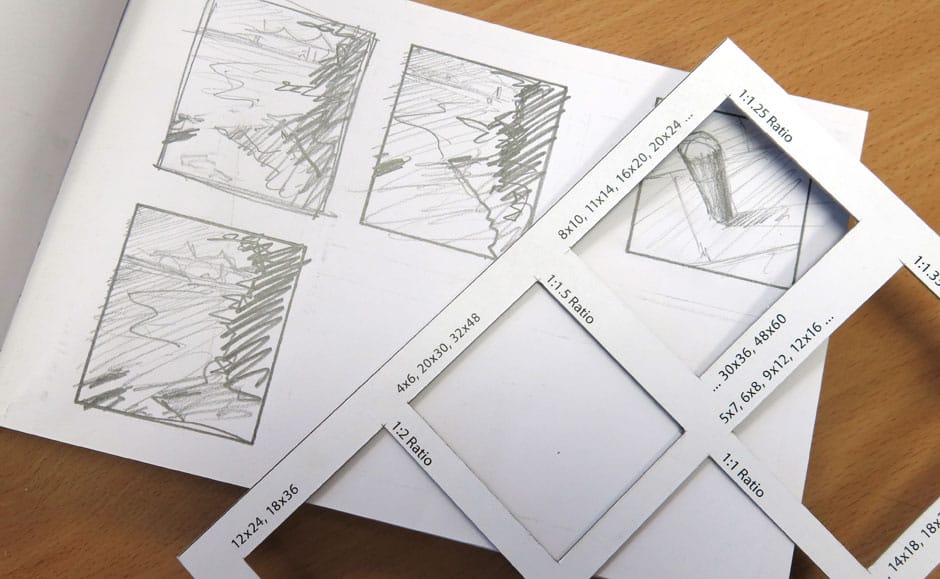
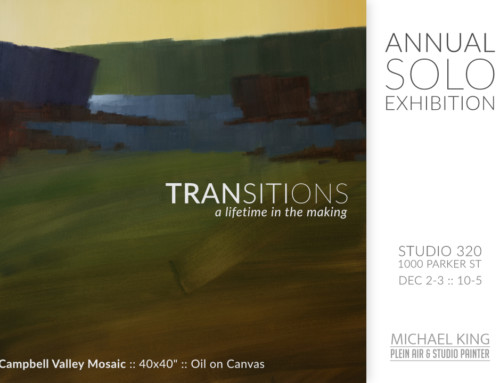
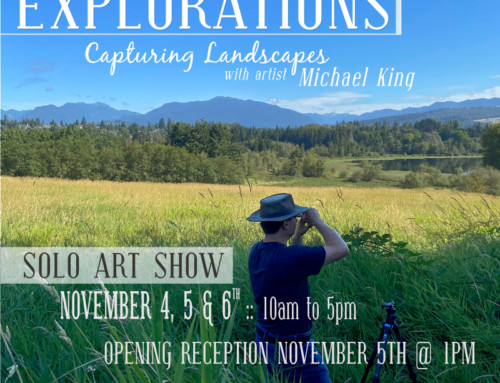
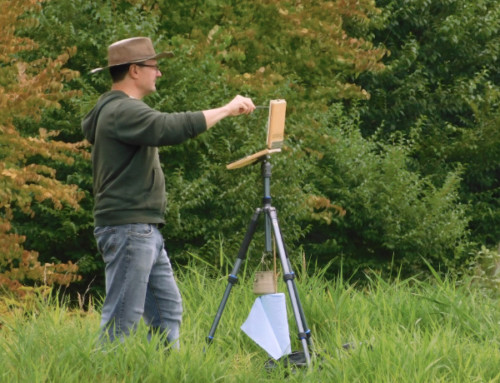
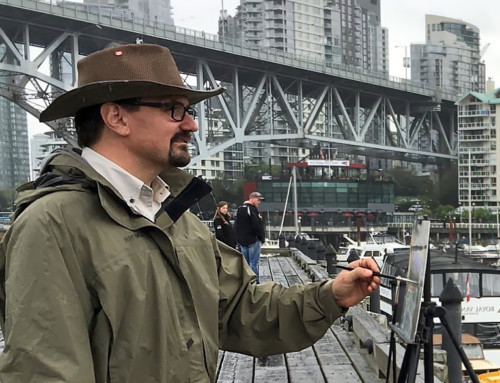
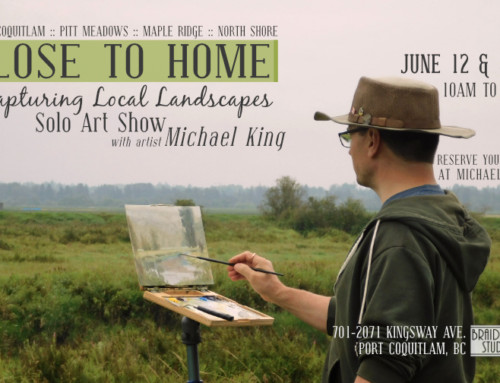
I agree. Photos are a downfall. You need a vision and use photos only as references. Easier said than done however. Also when painting from life everything seems bright and important. To highlight your focus you have to downplay everything else. It’s hard to slow down and think things though you only have 3 hrs to capture your inspired view. Any tips to accomplish that?
The technique is to interpret the surrounding around the focal point. You can do this by looking at your focal point and observe the remaining scene through your peripheral vision. Try to paint the non focal point areas as interpreted in your peripheral vision. Of course, you can look directly at these looser areas for reference, just avoid falling into the trap of painting it like that.
Fantastic, I was just out sketching this morning. I generally do so for compositional practice, studies, and so on – but this is a great idea to help make it more directly useful for actual work.
Glad you can make use of it!
Since I made my first one I use it extensively for sketching now as well. It makes moving into a painting from a sketch much easier due to planning for the right proportions.
Thank you, Michael. Your helpful notes and advices always seem to arrive when I am pondering myself about a specific problem.
Thanks for sharing Michael!
Thank you Wanda.
Wonderfully helpful template. More times than I can count I have faced the same problem transferring sketches – this will be such a quick lifesaver! Thank you!!!
Very happy you can make use of it.
thank you so much for sharing the template for the sketch thumbnail sizes!!!
My pleasure.
So sad to see the link for the template no longer works. Any chance you can get it working? I need all those measurements. :)
Hi Debbie. Thank you for pointing that out. All fixed!!